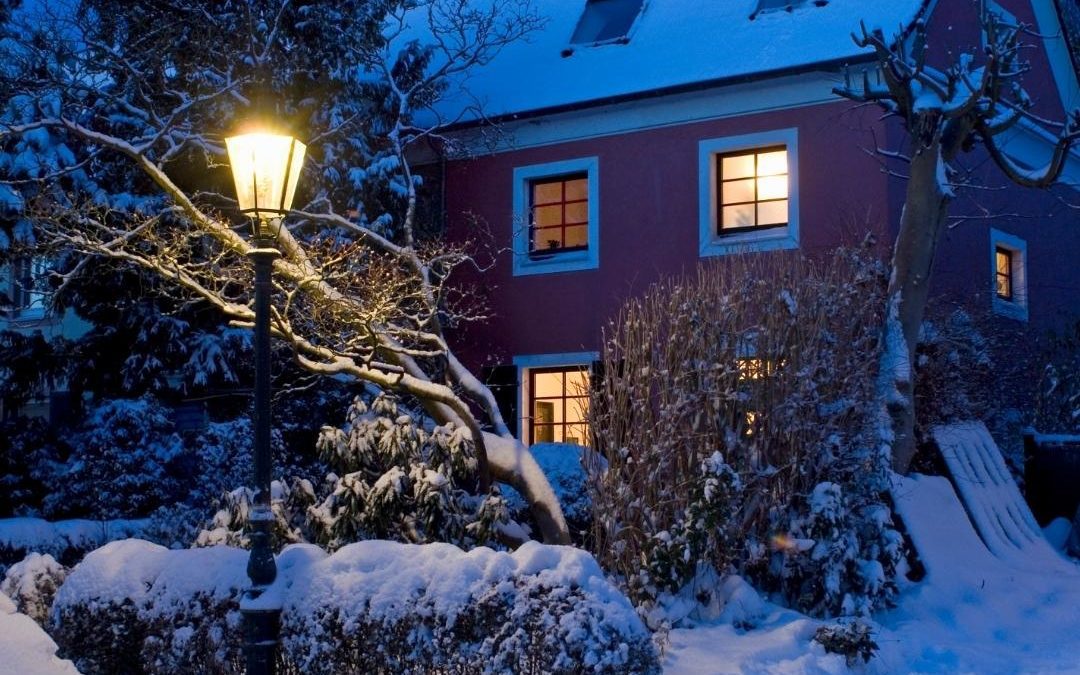How to Protect Your Home from Below Freezing Temperatures & Extreme Winter Weather
Winter evokes images of pristine landscapes covered in a blanket of fluffy powder, icicles, and figures gliding across frozen ponds on skates. This beautiful icy wonderland can also mean below- freezing temperatures that could wreak havoc on your home. Slick, icy walkways, burst pipes, and collapsed roofs are among some of the seasonal dangers for your home. Do you know how to prevent these winter home hazards?
Prepare Your Paved Surfaces
Remember to prepare your paved surfaces before snowstorms and freezing rain. Remove debris such as sticks and rocks that could be tripping hazards once buried in the snow. Sprinkle rock salt in high trafficked areas such as doorways, steps, and sidewalk paths. Shovel away any snow or ice that accumulates on these areas to avoid injuries caused by slipping. Lift heavy, wet snow and ice with your knees, not your back. Be cautious while shoveling.
Protect Your Pipes
During a cold snap, temperatures may stay below freezing for days in a row. Prolonged freezing temperatures increase the risk of frozen and burst pipes. To prevent flooding and water damage, insulate any pipes exposed to cold air. Seal up areas where cold air could get into your home such as crawl spaces, attics, and gaps. Open cabinet doors under the sink to allow warm air to reach the pipes. Allow water to run through your pipes to keep them from freezing. The cost of running water is much cheaper than the cost of plumbing repairs and water damage. If your pipes do freeze or burst, turn off the water to your home immediately.
Roof Snow Removal
Before cold temperatures and winter weather set in, check your roof for signs of damage and aging. From the ground, look for signs of lifting, curling, or missing shingles. Consider having your roof inspected by a professional for damages easily missed by the untrained eye. Check and clean your gutters and downspouts to ensure melting snow and ice have somewhere to go.
When winter storms begin, knowing how to spot potential roof trouble and how to handle it can save you a lot of money when it comes to your roof. Take notice of what kind of snow is falling. Light and fluffy snow shouldn’t be cause for concern. Heavy, wet snow or icy sleet could mean big problems for your roof.
Keep a snow rake on hand to remove snow from your roof. When using a snow rake, don’t try to clear the entire roof free of snow. Instead, remove looser snow towards the bottom edge of the roof and leave a couple inches; to naturally melt away when the weather gets warmer. Don’t be afraid to contact a professional snow removal company or roofing company to clean off your roof, especially if there is ice. You should never attempt to remove ice from your roof by yourself.
After Extreme Winter Weather
Once snow and ice have cleared and; temperatures warm-up, if you notice any damage to your paved surfaces, pipes, or roof contact your FIFS Client Service Advisor as soon as possible.

